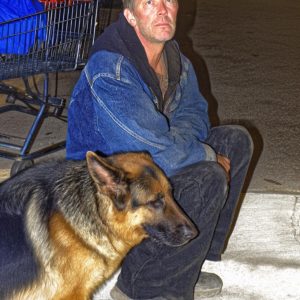Paragraph 1
The story begins with a devastating tragedy: four days before a long-awaited trip, the narrator’s fifteen-year-old stepson, Lir, dies in a car accident. Lir is described as brilliant, stubborn, and full of life, someone who shared genuine affection and laughter with the narrator, calling her “Dree.” Despite the shocking loss, the narrator decides to go on the trip, believing she has worked too hard to give it up. Her husband, caught between grief and responsibility, goes to California to support his ex, while she boards the cruise feeling numb and detached, as if sleepwalking through her own life. The decision to leave amid such loss immediately sets the stage for a painful confrontation with grief, guilt, and the unintended consequences of absence.
Paragraph 2
During the cruise, the narrator receives a phone call from her husband. His voice, heavy with grief and anger, delivers a series of heartbreaking truths: he has had to manage funeral arrangements, care for Lir’s belongings, and navigate the practical realities of loss alone. Though he initially expresses resentment, he ultimately recognizes that his anger is not entirely directed at her, acknowledging her role as she truly was in Lir’s life. The conversation leaves the narrator shaken, her detachment from the tragedy now colliding with the weight of guilt. The cruise, once intended as a personal retreat, becomes a haunting backdrop for the emotional fallout of leaving during such a critical time, emphasizing the tension between personal needs and moral responsibilities.
Paragraph 3
Upon returning from the trip, the narrator hides in a motel, ashamed and unsure how to face the aftermath. Within days, her husband decides to move out, severing the immediate connection between them. The loss of her stepson thus cascades into the dissolution of her marriage, leaving her emotionally adrift. Work and routine offer little solace, and she struggles with the constant reminders of grief, compounded by the judgment of others and her own internalized guilt. This period underscores how trauma can reverberate beyond the initial event, affecting relationships and creating an isolation that is difficult to navigate alone. Her initial choice to prioritize personal escape over shared mourning becomes a central emotional burden.
Paragraph 4
Amid her despair, the narrator finds unexpected support through her stepson’s mother, Rania. Meeting in a café, they share their grief and exchange memories, revealing a mutual vulnerability that helps contextualize the tragedy. Rania shows a photo of Lir and recounts his appreciation for the narrator’s presence, affirming that he wanted her to take the cruise and was supportive of her need for personal time. This revelation becomes a turning point, offering the narrator relief from the crushing guilt and helping her see herself not as a villain but as someone navigating a complex situation with human imperfection. The meeting illustrates the healing power of shared grief and the importance of communication and empathy in processing loss.
Paragraph 5
The narrator reconciles with her husband in a tentative, careful way, acknowledging that her absence was not malicious but misguided. They do not immediately resume their former life together but begin to rebuild their connection slowly through small acts of shared time, therapy, and silent companionship that respects each other’s emotional pace. Their renewed bond allows them to remember Lir joyfully, recalling his quirks and passions, and to integrate his memory into their lives without being consumed by grief. This stage emphasizes that healing after loss is gradual and requires patience, mutual understanding, and the willingness to accept the past without attempting to erase it.
Paragraph 6
Nearly a year later, the couple commemorates their journey with a symbolic gift, a silver charm shaped like a wave, acknowledging the mistakes of the past and their commitment to move forward. They channel their experience into helping others, volunteering with families coping with child loss and validating the grief of step-parents, siblings, and mothers alike. The story closes with the narrator reflecting on the importance of presence over perfection: being “in the way” matters, even when grief is painful or complex. Through this experience, she learns that life may not offer do-overs, but it does provide opportunities for second chances, understanding, and the transformative power of shared human presence in moments of profound loss.





